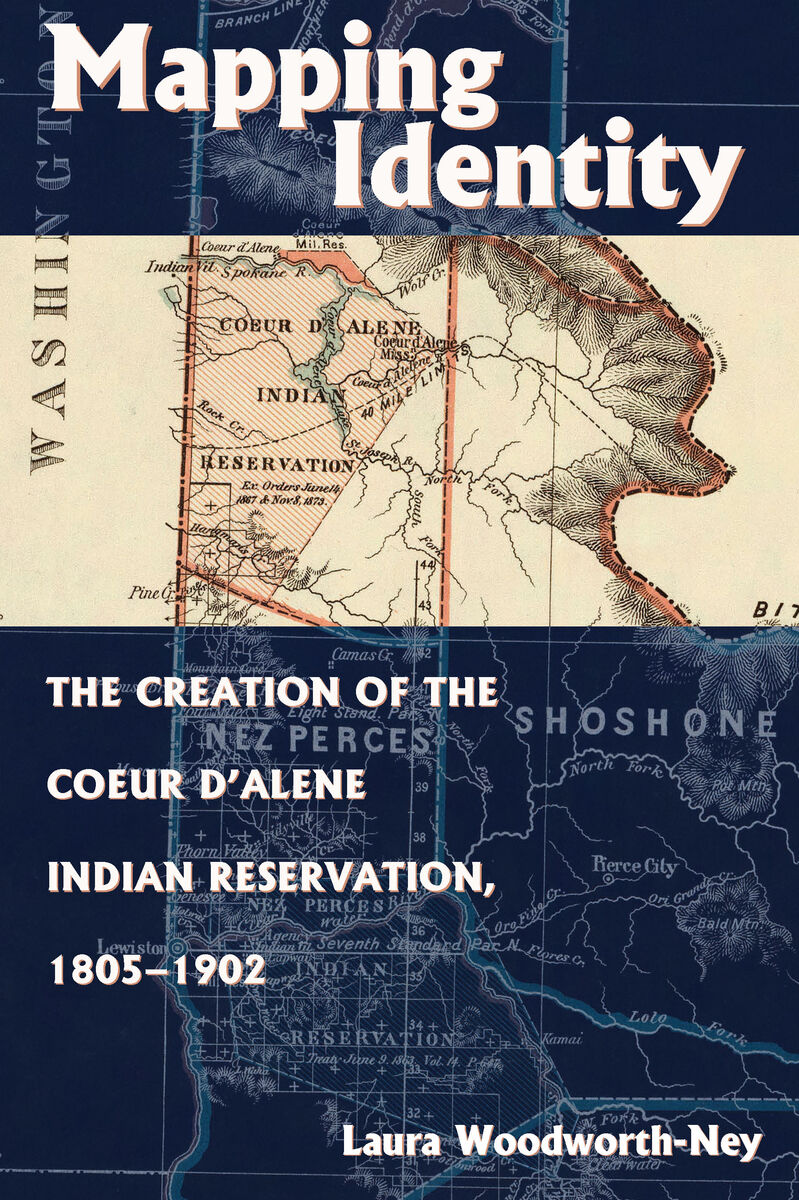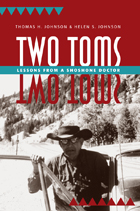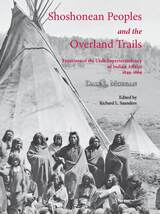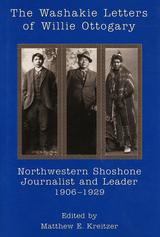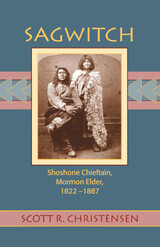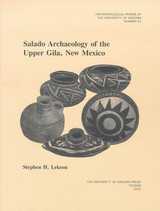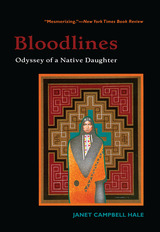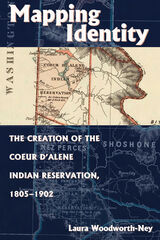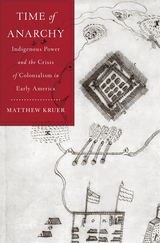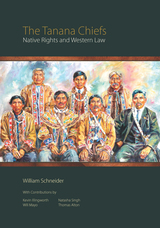Mapping Identity: The Creation of the Coeur d'Alene Indian Reservation, 1805-1902
University Press of Colorado, 2004
Cloth: 978-0-87081-761-8 | Paper: 978-1-64642-157-2
Library of Congress Classification E99.S63W66 2004
Dewey Decimal Classification 323.11979430796
Cloth: 978-0-87081-761-8 | Paper: 978-1-64642-157-2
Library of Congress Classification E99.S63W66 2004
Dewey Decimal Classification 323.11979430796
ABOUT THIS BOOK | AUTHOR BIOGRAPHY | REVIEWS | TOC | REQUEST ACCESSIBLE FILE
ABOUT THIS BOOK
Mapping Identity traces the formation of the Coeur d'Alene Indian Reservation in northern Idaho from the introduction of the Jesuit notion of "reduction" in the 1840s to the finalization of reservation boundaries in the 1890s. Using Indian Agency records, congressional documents, Bureau of Indian Affairs (BIA) records, Jesuit missionary reports, and tribal accounts, historian Laura Woodworth-Ney argues that the reservation-making process for the Coeur d'Alenes reflected more than just BIA policy objectives. It was also the result of a complex interplay of Jesuit mission goals, the Schitsu'umsh chief Andrew Seltice's assimilationist policy, and political pressure from local non-Indians. Woodworth-Ney concludes that in creating the reservation, BIA officials and tribal leaders mapped boundaries not only of territory, but also of tribal identity.
Mapping Identity builds on the growing body of literature that presents a more complex picture of federal policy, native identity, and the creation of Indian reservations in the western United States. It will be important to readers interested in western U.S. history, legal and administrative history, Native American history, and interior Northwest history.
See other books on: Creation | Cultural assimilation | Idaho | Jesuits | Missions
See other titles from University Press of Colorado
